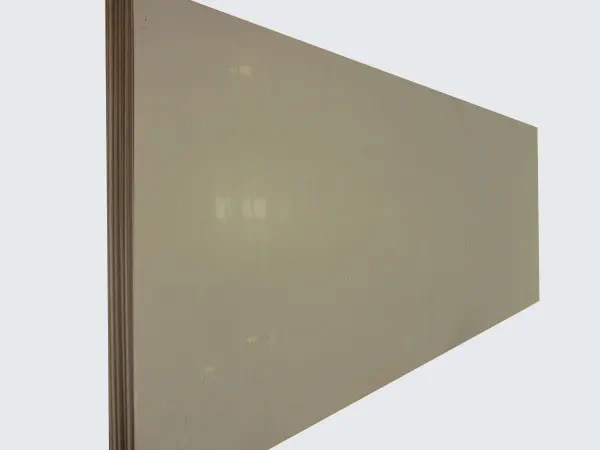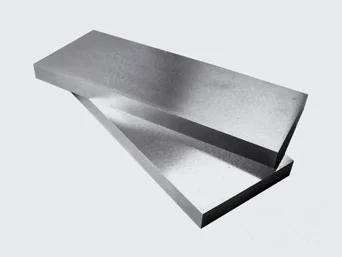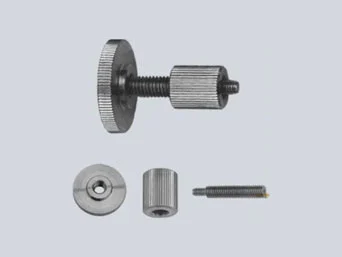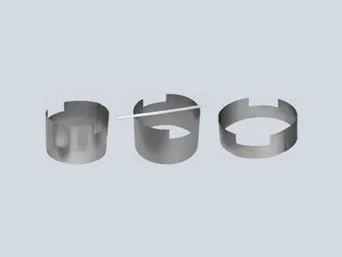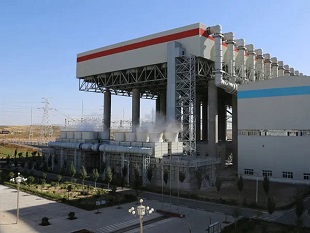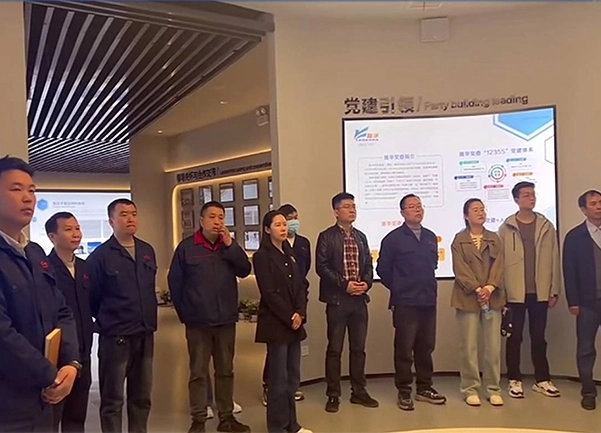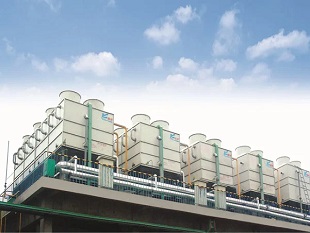The main difference between hot-rolled and cold-rolled titanium sheet is the process used to create each type. Hot-rolled titanium sheet is produced at high temperatures, typically above 1,000°C, while cold-rolled titanium sheet is produced at room temperature, typically below 200°C.
Hot-rolling involves heating a titanium ingot until it is malleable and then passing it through a series of rollers, compressing and flattening it to the desired thickness. This process often results in a higher degree of deformation and can produce larger sheet sizes. However, hot-rolled titanium sheets have a less-uniform thickness, and their surfaces may have a rougher finish.
Cold-rolling titanium sheet is a process that involves compressing and flattening a titanium metal slab to a specific thickness at room temperature. This process produces a material with a smooth surface, uniform thickness, and excellent dimensional accuracy. Cold-rolled titanium sheet has a higher degree of ductility and improved strength compared to hot-rolled titanium sheet.
Overall, the choice between hot-rolled and cold-rolled titanium sheet depends on the specific application's requirements. Cold-rolled titanium sheet is often preferred for precision applications, while hot-rolled titanium sheet is more commonly used in less-demanding applications that require larger sheet sizes.


